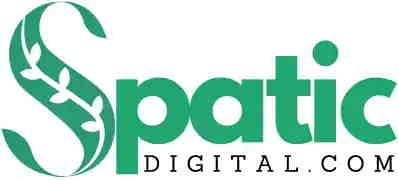Skid steer brush hogs can quickly tear down vegetation and weeds, and they serve a variety of tasks. Brush hogs are rotary mowers commonly mounted on the back of a farm tractor. The blades are on hinges rather than permanently linked like a lawnmower blade. The rotating blades are not honed and are often rather blunt, allowing them to beat through dense plant growth.
Smaller brush hogs are put on tractors’ three-point hitches. Larger ones are hooked to the tractor’s drawbar, and the head is raised and lowered by the tractor’s hydraulic system. Even bigger ones, known as “bat wing” mowers, are similar to tow behind mowers but have two sides in addition to the primary mower, and the sides are hydraulically raised and lowered. These mowers have a diameter of up to fifteen feet and require tractors with considerable horsepower.
With the smaller tractors found on most small farms, the three-point hitch is the most frequent variety, often covering a pass of 5 or 6 feet. Shorter walk behind machines with their motors are also available, useful for smaller areas.
Skid steer brush hogs are employed for what?
So, what can a skid steer brush hog do for you, and why are they so valuable on a small farm? Brush hogs are “rough cut” machines, so keep that in mind. When you’re finished brushing a section of land, it won’t look like your well-kept grass. The goal is to get rid of the plants and weeds as soon as possible.
Skid steer brush hogs serve a variety of purposes:
You can clip weeds; that would be too much for a standard riding lawnmower around your buildings and property. Whacking down those awful burdocks that have stuck to your animals and clothing for much of the year gives you a strange sense of satisfaction!
Graziers utilize brush hogs to mow grazing paddocks regularly, usually at least once a year.
They can also be used to mowing down hayfields that have become too mature and that you haven’t had the opportunity to mow promptly. It replenishes the soil with vital organic matter. Why would you utilize a brush hog when you could do the same job with your standard hay mowing equipment? Mowing equipment is significantly more expensive than a brush hog; if you’re going to depreciate a machine, it might as well be a brush hog, which costs only a few thousand dollars rather than a hay mowing machine, which can cost up to $30,000.
Skid steer brush hogs can be utilized to keep tiny meadows open on wooded properties, preserving vital early successional habitat in the Northeast, which is in short supply. They are the most effective technique for reclaiming abandoned fields and sustaining a diverse range of open habitat types on rural property. A diverse range of environments encourages a diverse range of wildlife. To avoid harming ground-nesting birds, it’s best to wait until mid-July before mowing forest openings and wildlife meadows.
Brush hogs are almost required for mowing routes that allow temporary electric net fencing to be installed. Before installing this type of fence, you must clear all of the vegetation.
Check out all the pointers before purchasing a skid steer brush hog.

